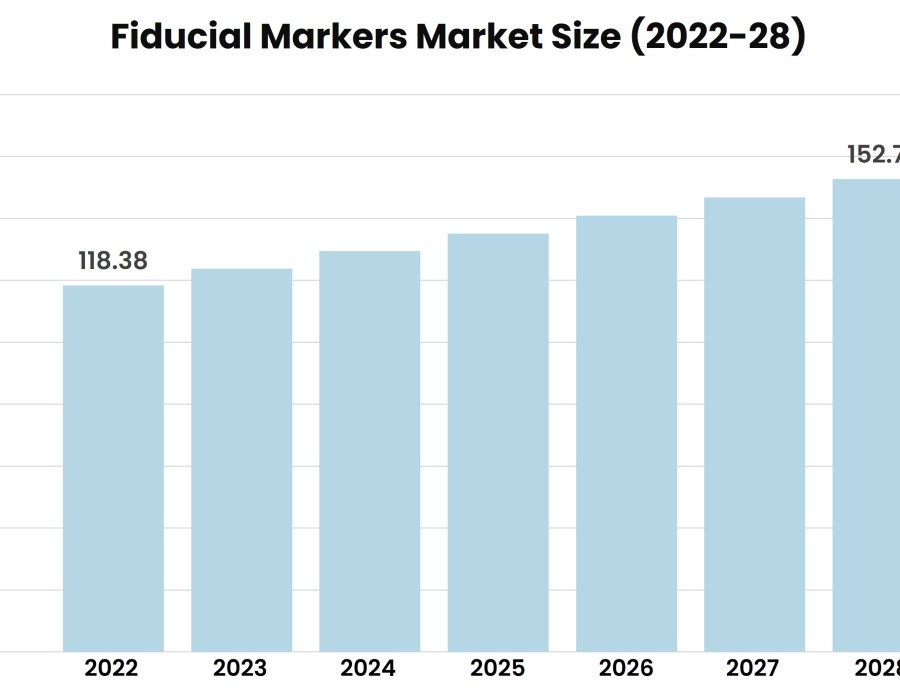The fiducial markers market is evolving rapidly, with new trends shaping its growth trajectory in 2024. Fiducial markers—tiny objects used as reference points in imaging and radiotherapy—are essential for precision in cancer treatment, particularly in targeting tumors accurately while minimizing impact on surrounding healthy tissue. As the demand for advanced healthcare solutions grows, the fiducial markers market is expected to experience substantial growth driven by advancements in imaging technology, innovative materials, and rising adoption across global markets.
According to Stratview Research, the fiducial markers market was estimated at USD 118.38 million in 2022 and is likely to grow at a CAGR of 4.28% during 2023-2028 to reach USD 152.77 million in 2028.
Key Trends in 2024
Increased Use of Biocompatible and Resorbable Materials: Traditionally, fiducial markers have been made from metals like gold, which are visible in various imaging modalities but require surgical removal in some cases. In 2024, manufacturers are focusing on developing biocompatible and resorbable materials, which dissolve over time, eliminating the need for removal procedures. This innovation is not only patient-friendly but also cost-effective, reducing the need for additional surgeries and recovery time.
Integration with Advanced Imaging Techniques: The adoption of fiducial markers is expanding with advances in imaging technology, particularly in MRI, CT, and ultrasound. In 2024, more markers are being designed for compatibility with multiple imaging modalities, allowing seamless integration with these advanced techniques. This trend enables more accurate imaging and targeting, improving treatment outcomes for patients and providing healthcare providers with versatile tools for precision treatment.
Personalized Marker Design: Another emerging trend is the customization of fiducial markers to match individual patient needs. Precision medicine is driving the creation of markers in specific shapes, sizes, and materials to suit unique anatomical and treatment requirements. This trend aligns with a broader healthcare shift toward personalized treatment options, allowing oncologists and radiologists to maximize treatment efficiency.
Expansion of Fiducial Markers into Emerging Markets: Healthcare infrastructure improvements in regions like Asia-Pacific and Latin America are fueling the expansion of the fiducial markers market. These regions are adopting advanced oncology treatments, including image-guided radiotherapy (IGRT) and robotic surgeries, which rely on fiducial markers. Increased demand for affordable and accessible cancer treatments in these regions is creating a significant opportunity for market growth in 2024 and beyond.
Focus on Reducing Procedure Costs: Fiducial markers are also evolving to address cost considerations. Manufacturers are exploring cost-effective materials and streamlined production processes, which allow for more affordable treatment options. This trend supports broader adoption across healthcare systems, including those with limited resources, thereby increasing access to high-quality cancer treatments.
Conclusion
The fiducial markers market in 2024 is characterized by innovations in materials, enhanced compatibility with imaging technologies, and expansion into emerging regions. With a focus on biocompatibility, personalized treatment, and affordability, fiducial markers are positioned to play an increasingly important role in precision oncology, making significant contributions to improved patient outcomes and expanding global access to advanced healthcare solutions.






Comments